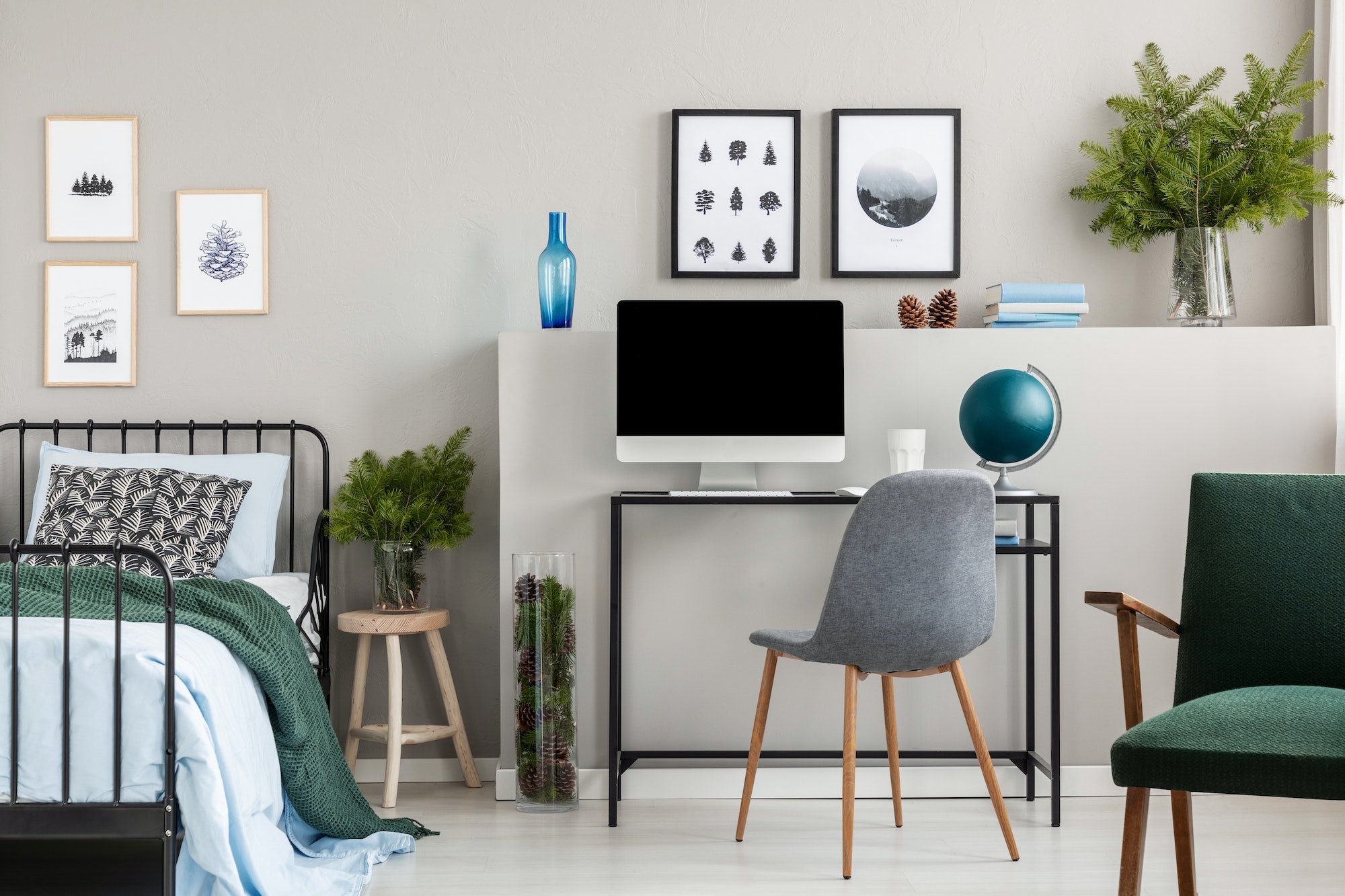Color psychology in interior design is like a secret language that can make or break your space. But just like learning any new language, it’s easy to make some embarrassing slip-ups along the way. As an interior design expert, I’ve seen my fair share of color faux pas that send all the wrong messages.
Ever walked into a room and felt instantly on edge, or maybe even a little nauseous? Chances are, someone made a color psychology blunder. Don’t worry, though – we’ve all been there. Even the pros sometimes forget that lime green isn’t the most appetizing choice for a dining room (unless you’re going for that “perpetual motion sickness” vibe).
Recent research has shed new light on how color affects our moods and behaviors in interior spaces. A 2023 study published in the Journal of Environmental Psychology found that color choices can impact everything from productivity to stress levels. For example, participants exposed to blue-tinted environments reported 12% higher focus levels compared to those in neutral spaces.
Here’s a table breaking down 12 common color psychology slip-ups and how to fix them:
| Number | Slip-Up | Explanation | How to Fix |
|---|---|---|---|
| 1 | Red overload in the bedroom | Creates an overstimulating environment | Use red as an accent color instead of the main hue |
| 2 | All-white kitchen | Can feel sterile and uninviting | Incorporate warm wood tones or colorful accessories |
| 3 | Yellow in a home office | May increase anxiety and reduce focus | Opt for calming blues or greens instead |
| 4 | Dark colors in small spaces | Makes rooms feel cramped | Use lighter shades to open up the space |
| 5 | Clashing warm and cool tones | Creates visual disharmony | Stick to either warm or cool color palettes |
| 6 | Ignoring lighting effects on color | Colors can look different under various light sources | Test paint samples under different lighting conditions |
| 7 | Neglecting color psychology in bathrooms | Missed opportunity for relaxation or energizing | Choose spa-like blues or invigorating citrus hues |
| 8 | Overusing trendy colors | Can quickly date your design | Use trendy colors in easily changeable elements like throw pillows |
| 9 | Forgetting about color and mood | Colors affect emotions and behavior | Consider the room’s purpose when selecting colors |
| 10 | Mismatching color intensity | Can create an unbalanced look | Use the 60-30-10 rule for color distribution |
| 11 | Neglecting cultural color associations | Colors have different meanings across cultures | Research color meanings if designing for diverse audiences |
| 12 | Forgetting about personal color preferences | Individual tastes matter too | Balance color psychology principles with client preferences |
By avoiding these common slip-ups, you’ll be well on your way to creating spaces that not only look great but feel amazing too. Remember, color psychology isn’t about following rigid rules – it’s about understanding the impact of your choices and using that knowledge to create harmonious, functional spaces.
So go forth and paint with confidence! Just maybe double-check before you commit to that chartreuse accent wall in the nursery. Unless, of course, you’re trying to raise the world’s most alert baby.
Discover more from Futurist Architecture
Subscribe to get the latest posts sent to your email.




